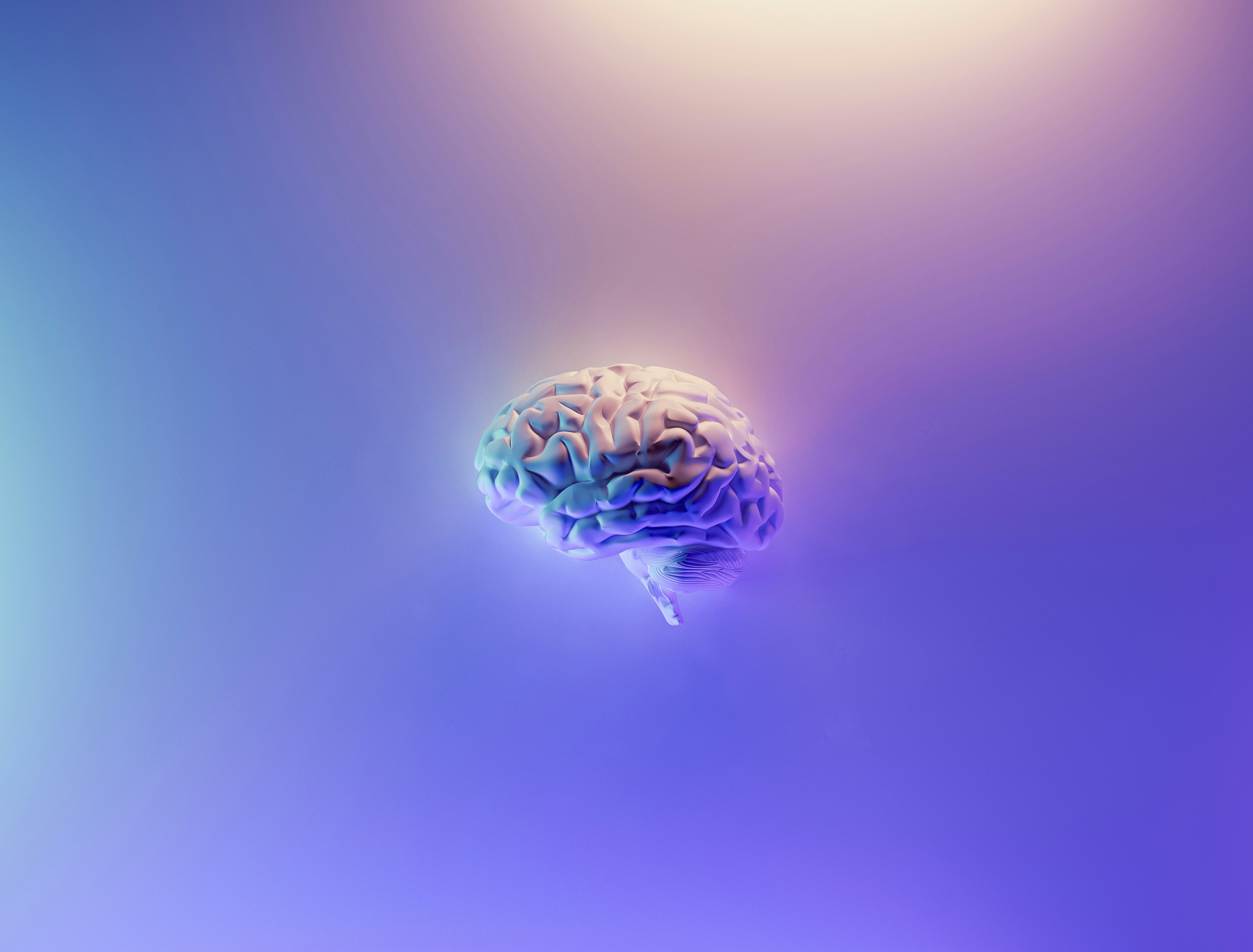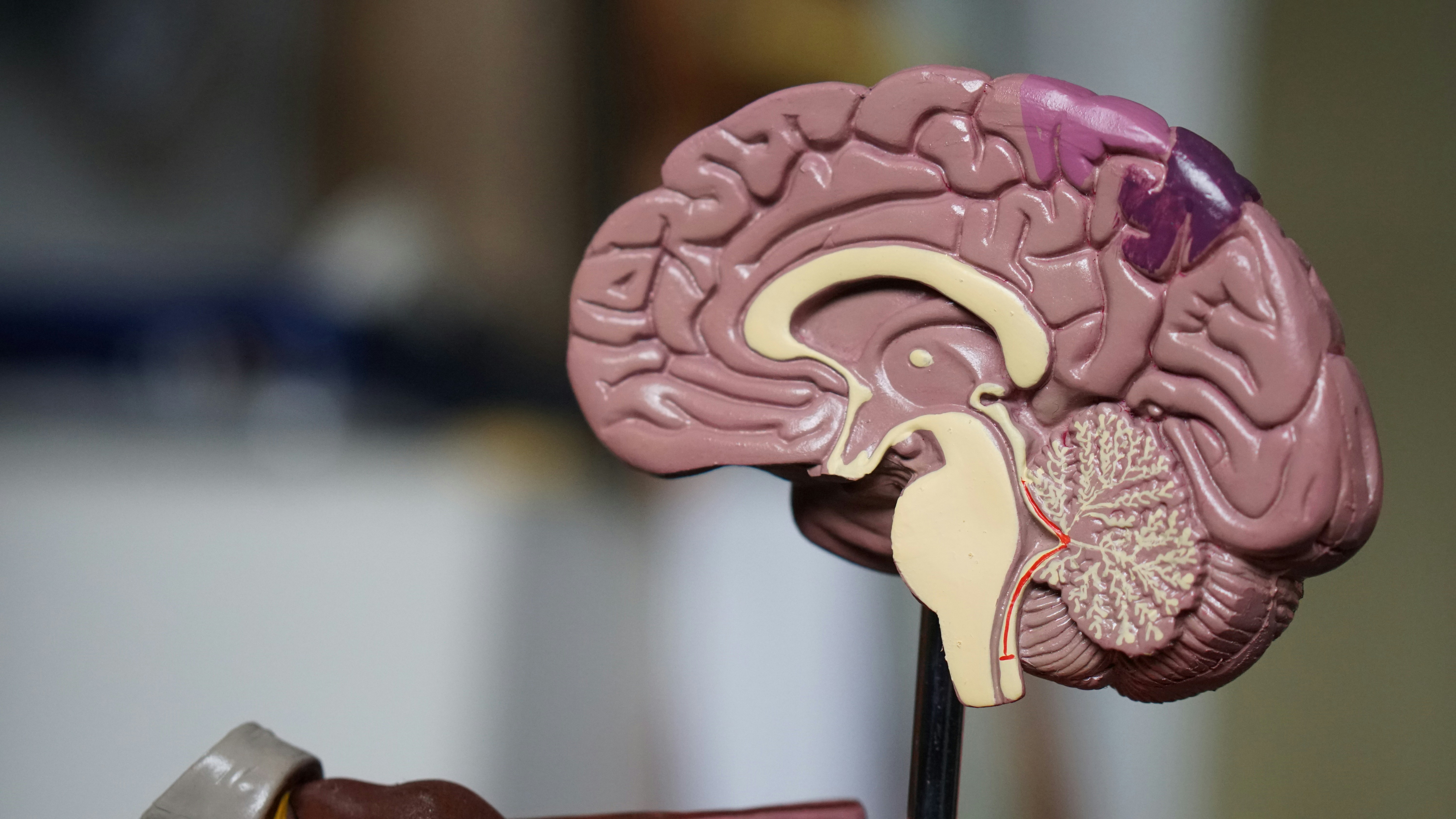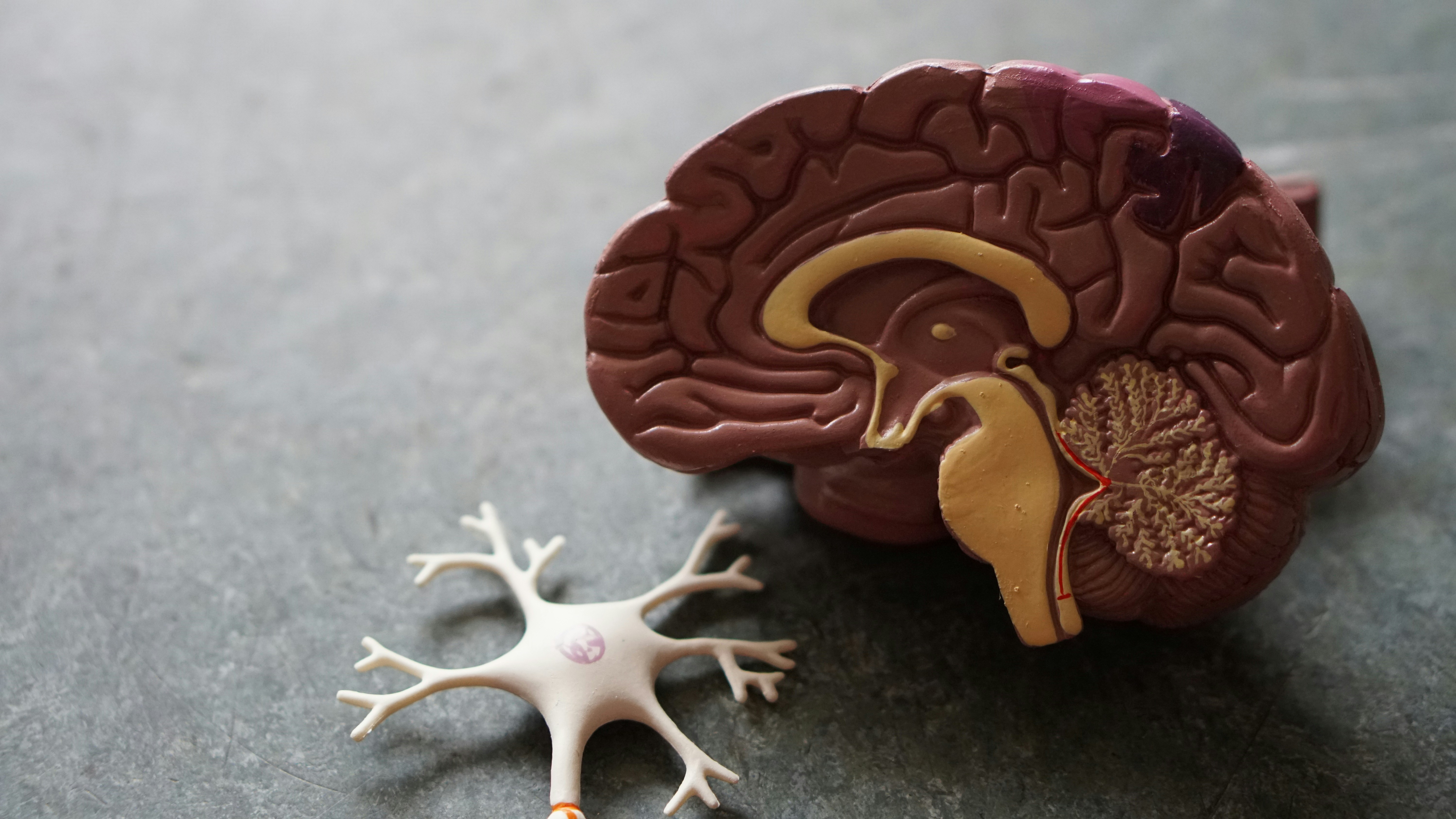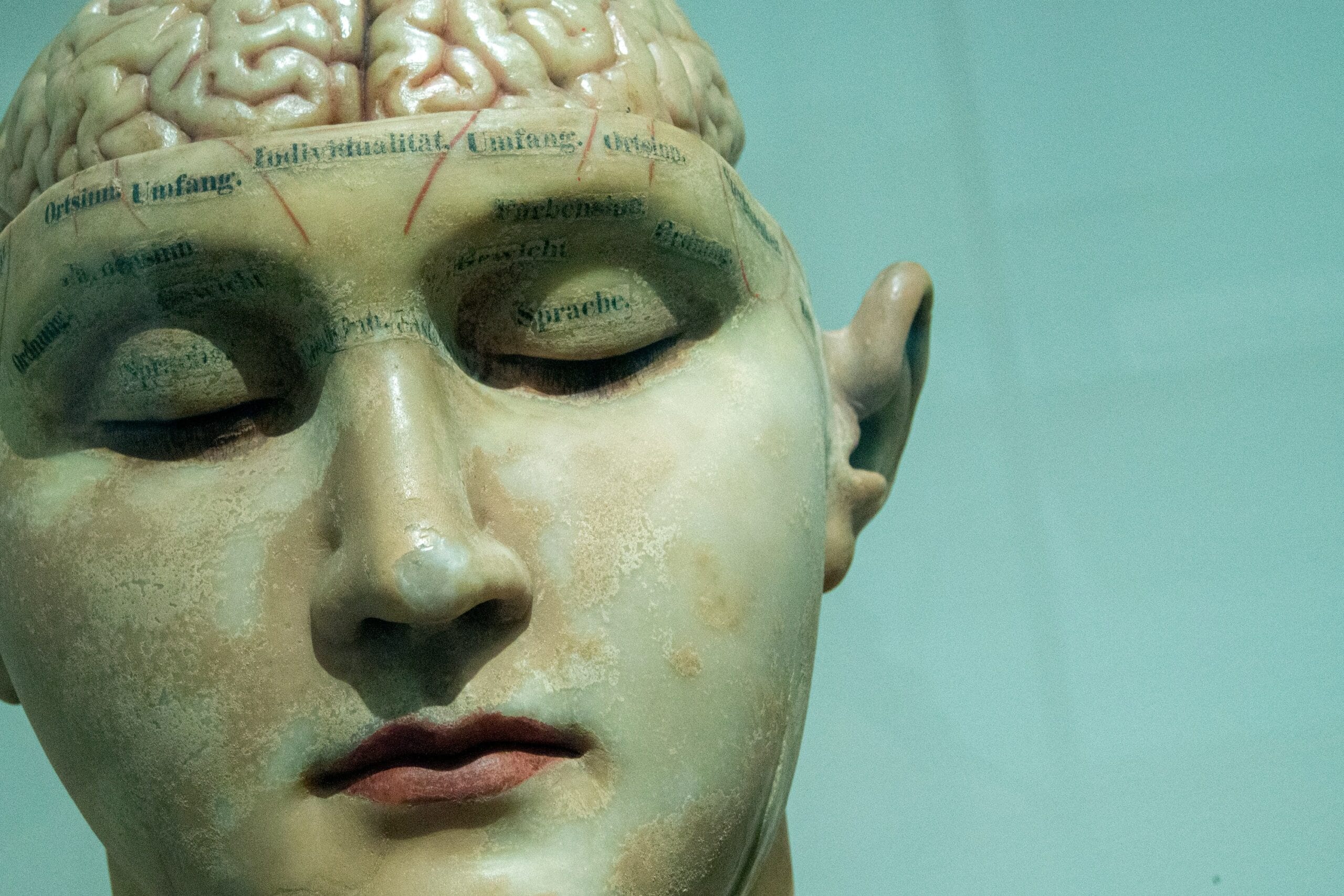Main Featured Image Credits, David-Matos / unsplash
In our modern world, the concept of addiction is often associated with substance abuse—drugs, alcohol, and nicotine. However, as Dr. Anna Lembke explores in her enlightening book Dopamine Nation: Finding Balance in the Age of Indulgence, addiction extends far beyond these traditional confines. From binge-watching TV shows to compulsively checking social media, our society is awash with unconventional addictions fueled by the same neurochemical processes. Understanding these can help us foster a more balanced and holistic approach to wellness.

Photo Credits: Milad Fakurian / unsplash
The Science of Addiction: Dopamine’s Role
At the heart of addiction lies dopamine, a neurotransmitter integral to the brain’s reward system. When we engage in pleasurable activities, dopamine is released, reinforcing the behavior and prompting us to seek it out again. This natural mechanism, designed to reward survival-enhancing activities like eating and procreation, is hijacked by modern stimuli that offer intense but fleeting pleasures.
Lembke highlights how the brain strives for homeostasis, balancing pleasure and pain. Overindulgence in pleasurable activities leads to a dopamine deficit as the brain adapts by reducing dopamine receptors. This deficit creates a state of dysphoria, driving individuals to seek more of the pleasurable activity to regain the fleeting feeling of happiness, thus creating a vicious cycle of addiction.
Addictions: Beyond Substances
1. Digital Addiction:
– Social Media: Platforms like Facebook, Instagram, and TikTok are designed to maximize engagement, leveraging the dopamine-driven reward system. Every like, comment, and notification provides a dopamine hit, making it hard to resist checking our phones repeatedly.
– Streaming Services: The allure of binge-watching TV series on platforms like Netflix creates a dopamine rush. The anticipation and gratification cycle can lead to prolonged periods of inactivity and sleep disruption.
2. Food and Sugar:
– Processed Foods: High in sugar and fat, these foods provide immediate pleasure but can lead to overeating and dependency. The consistent consumption of such foods can alter brain chemistry, making healthier options less appealing.
– Caffeine: While a common part of many people’s routines, caffeine can become an addiction. The reliance on coffee or energy drinks for an energy boost can mask underlying issues such as poor sleep or chronic fatigue.
3. Shopping and Consumerism:
– Retail Therapy: Shopping can provide a temporary dopamine boost, making it an appealing way to cope with stress or boredom. However, the temporary high can lead to compulsive buying and financial problems.
– Online Shopping: The convenience and instant gratification of online purchases can exacerbate shopping addictions, with the added dopamine hit from the anticipation of delivery.
4. Exercise:
– Fitness Obsession: While exercise is generally healthy, an obsession with fitness can lead to overtraining and physical harm. The addictive pursuit of the “runner’s high” or achieving aesthetic goals can overshadow overall well-being.

Photo Credits: Robina Weermeijer / Unsplash
A Holistic Approach to Balance
Understanding the nature of these unconventional addictions is the first step towards a more balanced and holistic lifestyle. Here are some strategies, inspired by Lembke’s insights, to help manage and mitigate addictive behaviors:
1. Mindfulness and Self-Awareness:
– Mindfulness Practices: Techniques such as meditation and deep-breathing exercises can increase self-awareness, helping individuals recognize their cravings and impulses without immediately acting on them.
– Digital Detox: Periodically unplugging from technology can help reset the brain’s dopamine balance. This could involve designated no-screen times or digital-free days.
2. Community and Connection:
– Social Support: Building and maintaining strong, supportive relationships can provide a buffer against addictive behaviors. Group activities, whether physical or social, can fulfill the need for connection without relying on addictive activities.
– Accountability Partners: Sharing goals and progress with a trusted friend or group can provide motivation and support, making it easier to break free from addictive cycles.
3. Healthy Habits and Alternatives:
– Balanced Diet: Opting for whole foods over processed ones can help stabilize mood and energy levels, reducing the reliance on sugar and caffeine for quick boosts.
– Varied Activities: Engaging in a range of activities, such as hobbies, sports, and creative pursuits, can provide diverse sources of pleasure and satisfaction, reducing the risk of over-reliance on any single activity.
4. Purpose and Fulfillment:
– Long-term Goals: Pursuing meaningful long-term goals can provide a sense of purpose and fulfillment that transient pleasures cannot. This could be related to career, personal growth, or contributing to the community.
– Gratitude Practice: Regularly reflecting on things you are grateful for can shift focus from seeking external sources of pleasure to appreciating what you already have.

Photo Credits: Robina Weermeijer / Unsplash
Final Thoughts
The insights from *Dopamine Nation* offer a profound understanding of how modern life exacerbates our natural tendencies towards addiction. By recognizing the seemingly unconventional yet massively prevalent everyday addictions that permeate our lives and adopting holistic strategies to address them, we can strive for a more balanced and fulfilling existence. Embracing mindfulness, fostering connections, cultivating healthy habits, and seeking deeper purpose are essential steps towards achieving this balance in the age of indulgence.
Additional writing by Aishath Rasha







